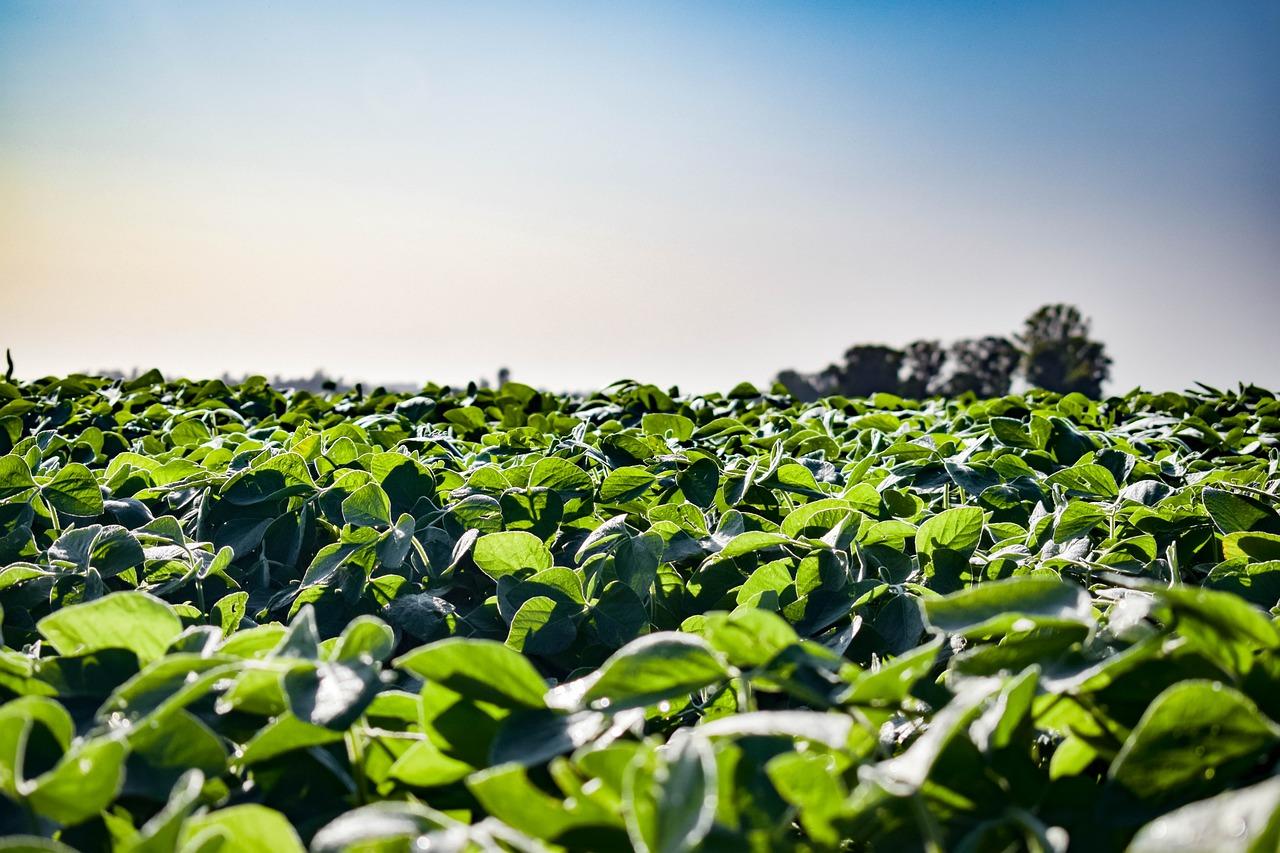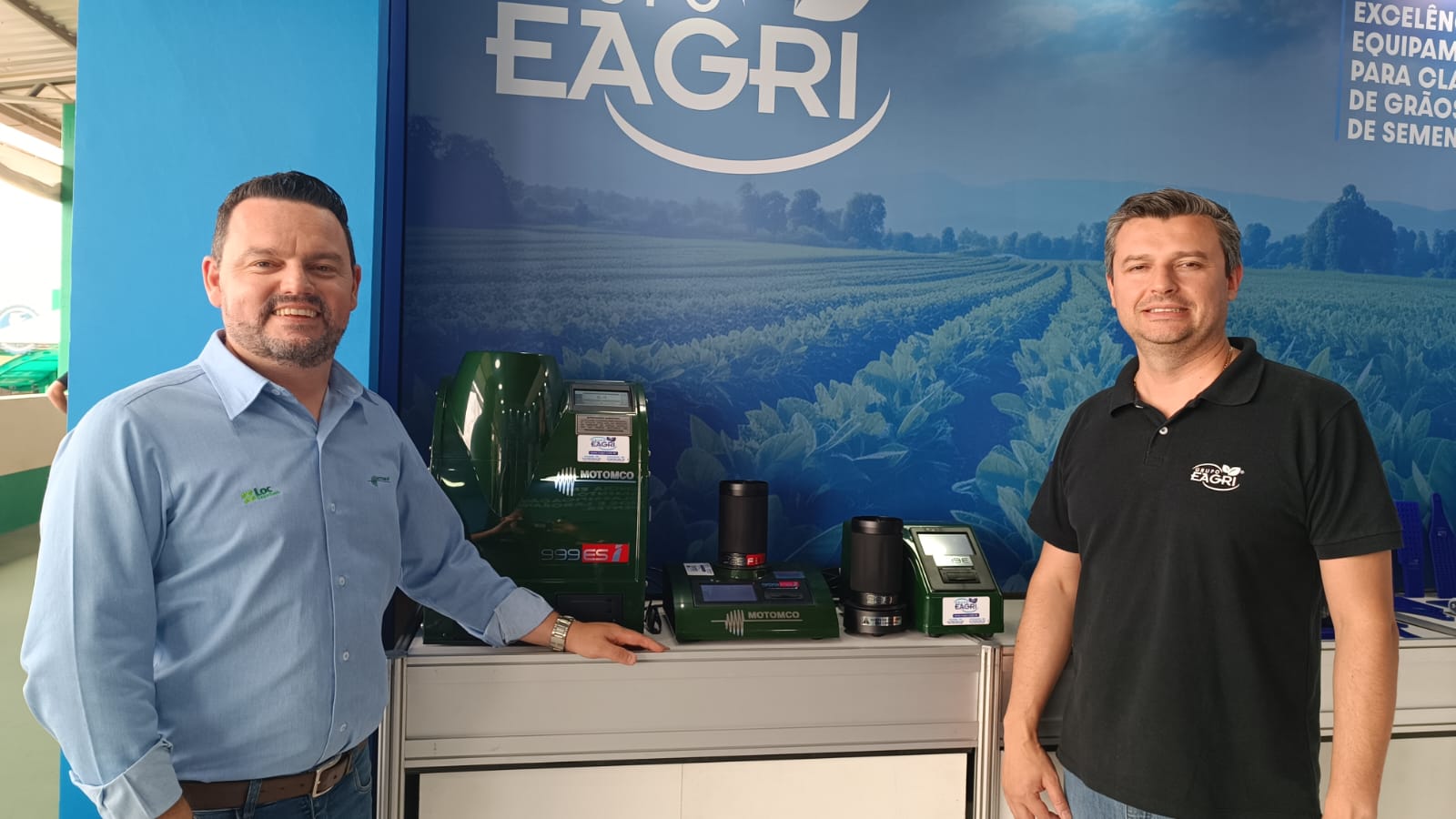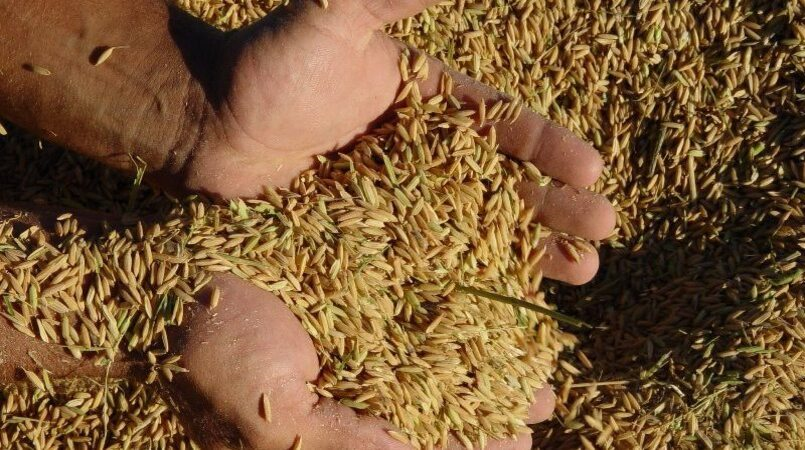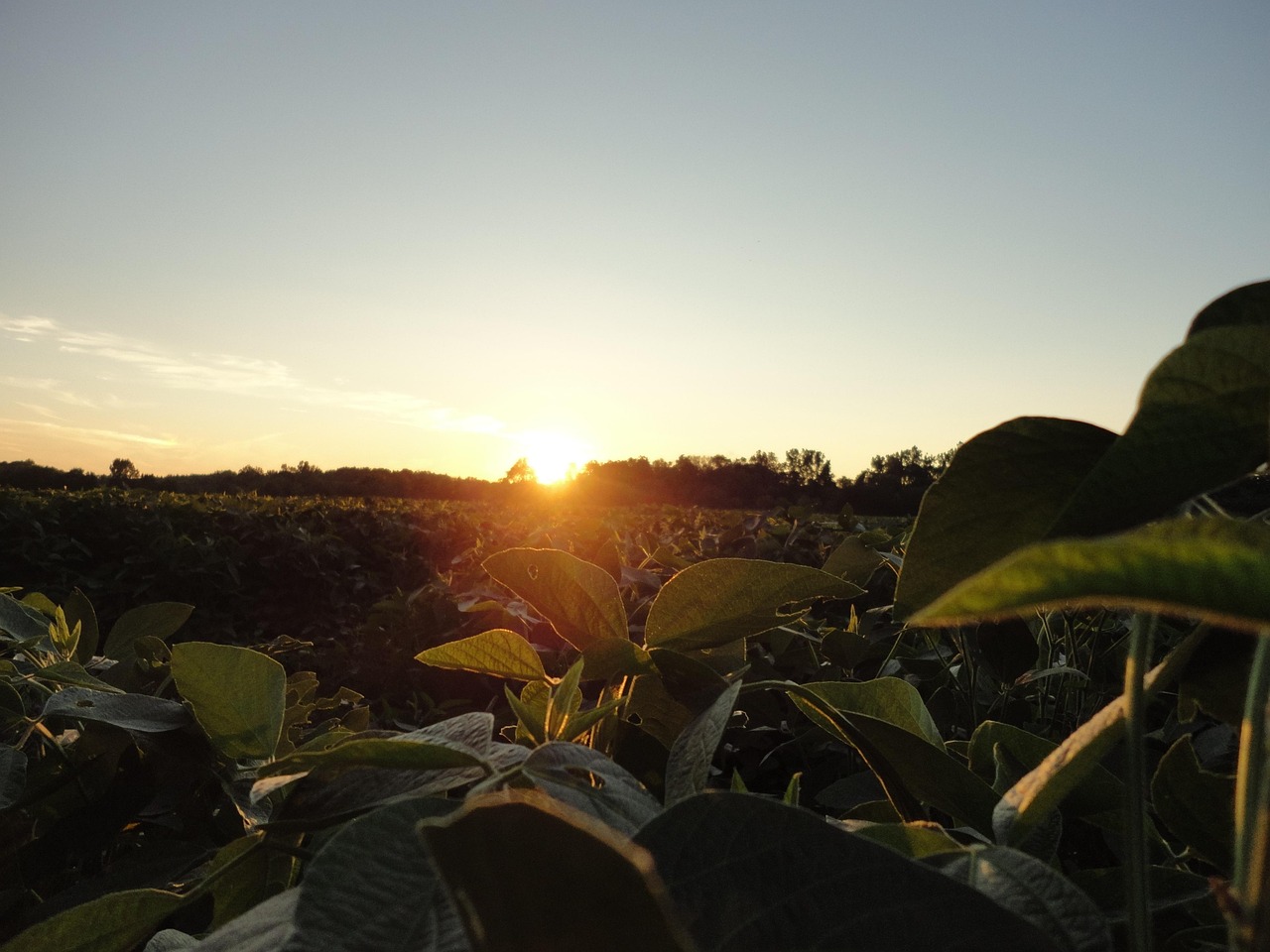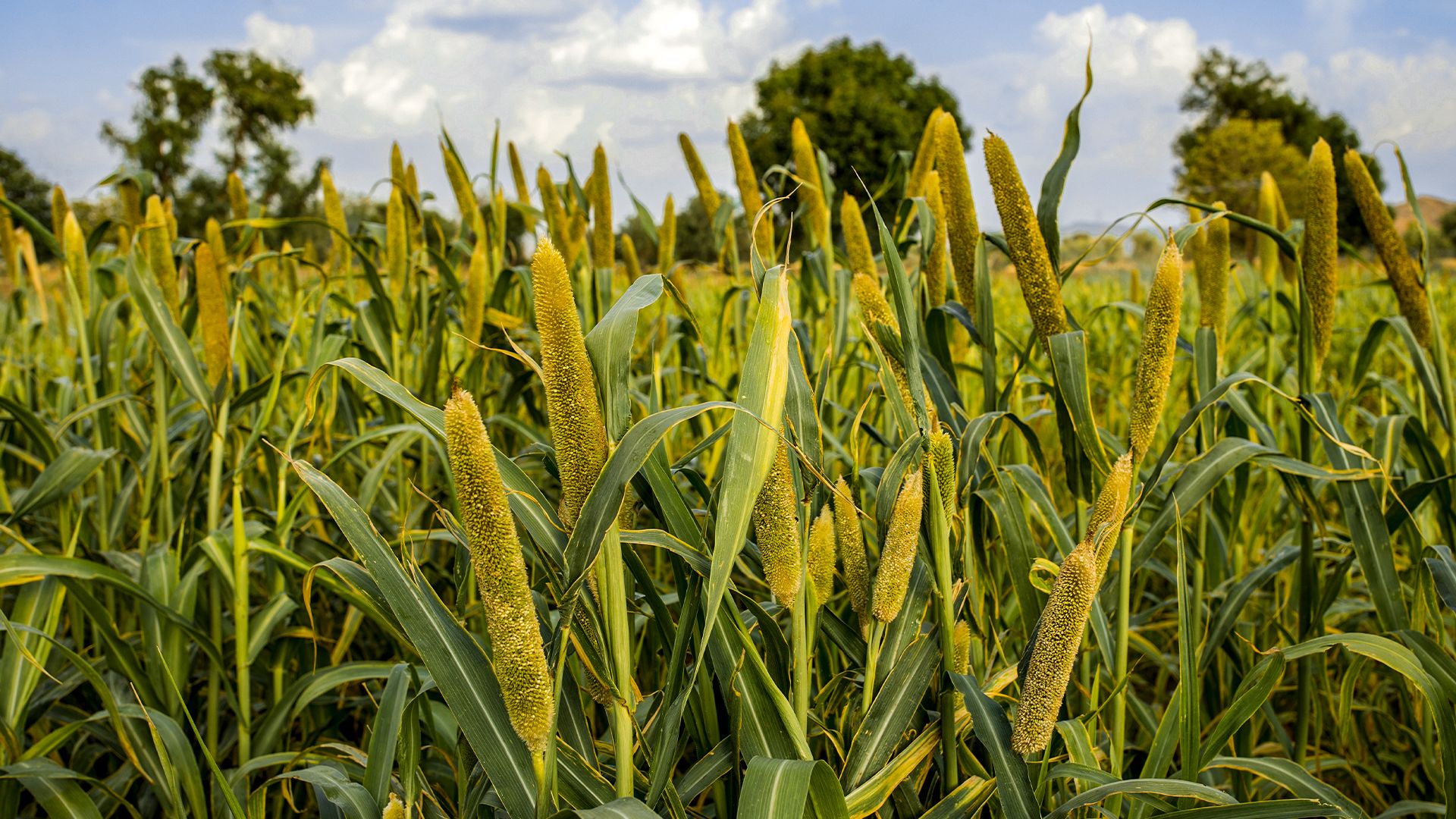Sanitary Void Rules and Production Expectations
Paraná’s farmers are closely watching the calendar to begin soybean planting. To do so, they must comply with the sanitary void period in the state, which started on June 2 and extends until August 31. Unlike previous seasons, where the sanitary void had a single date for all regions of Paraná, this year, the period was divided into three regions. The phytosanitary measure, determined by the Ministry of Agriculture and Livestock, is important to prevent the spread of the fungus that causes Asian rust (Phakopsora pachyrhizi), one of the most severe diseases affecting soybean crops.
For a minimum period of 90 days, farmers cannot plant or maintain living soybean plants at any stage of development in the designated areas. This pause in planting helps to reduce the number of fungus spores in the environment, thus decreasing the likelihood of infection in future crops. Additionally, the measure allows farmers to better plan the use of fungicides, saving resources and minimizing environmental impacts.
The cooperation of producers is essential for the success of this initiative, which aims to protect the health of crops and ensure soybean productivity in the state. The sowing calendar is adopted as a complementary phytosanitary measure to the sanitary void period. To determine the dates, MAPA considered the climatic conditions of each region.
- Region 1: Includes the municipalities of the South, East, Campos Gerais, and Paraná Coast. In this area, the sanitary void occurs between June 21 and September 19. Sowing can be carried out from September 20, 2024, to January 18, 2025.
- Region 2: Comprises most municipalities located in the North, Northwest, Central-West, and West of Paraná. The sanitary void in this region begins earlier, from June 2 to August 31. Soybean planting will be allowed from September 1, 2024, and must be completed by December 30.
- Region 3: Covers the municipalities of the Southwest of the State. The sanitary void in this region begins on June 22 and goes until September 20. Sowing can occur between September 21, 2024, and January 19, 2025.
The Paraná Agricultural Defense Agency (Adapar) emphasizes the importance of all farmers following these guidelines to protect their crops and ensure a healthy and productive harvest. Compliance with these rules is essential to minimize costs and preserve crop productivity.
Projections from the United States Department of Agriculture (USDA) estimate that global soybean production for the 2024/25 cycle will increase by 6.7% compared to the previous campaign, rising from 395.4 to 421.9 million tons. For Brazil, the estimates are even more optimistic, with a predicted 10.5% increase in soybean harvest, which would bring production to 169 million tons.
Fernanda Rodrigues da Silva, manager at Loc Solution, the company that owns the Motomco brand of moisture meters, reported that expectations for the next harvest are very positive. The company’s initial step, she said, is to develop a strategic sales and rental plan for moisture meters and accessories for the summer crop. “With this planning, we can clearly identify which goals can be achieved more objectively by the company next year. Additionally, we will continue to offer our customers the best equipment on the market,” says Fernanda.
Grain moisture meters are essential tools for farmers during the harvest, as well as for cooperatives, trading companies, and warehouses that buy grains. “These devices allow producers to determine the moisture content of the grains, helping to prevent losses during harvest. The precision of these meters is crucial to ensuring quality and contributing to the economic efficiency of agricultural production,” emphasizes Fernanda.
According to her, the moisture content of the seed is a determining factor for the success of planting and the subsequent development of the plant. Keeping the moisture content between 12% and 13% not only favors uniform and vigorous germination but also minimizes the risk of mechanical damage that could compromise the integrity of the grain.
 Paraguai
Paraguai
